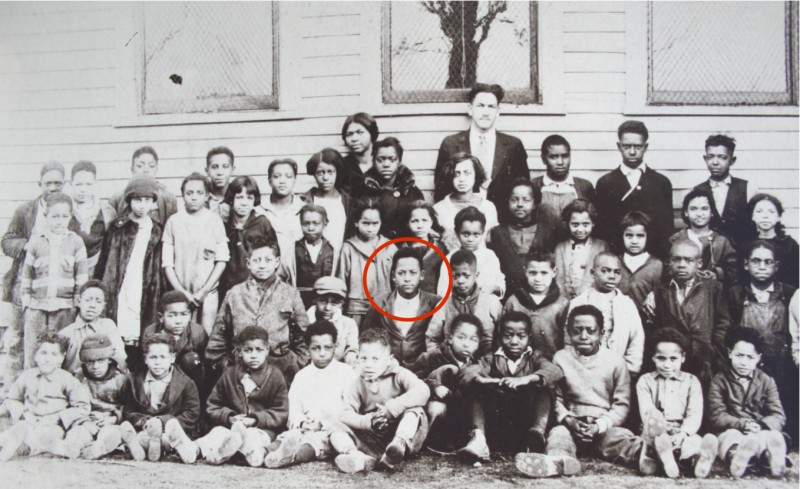Thomas Shipp
Share
Explore Our Galleries
Newest Exhibit
Breaking News!
Today's news and culture by Black and other reporters in the Black and mainstream media.
Ways to Support ABHM?
Murdered in: Marion | Aug 7, 1930

Tommy Shipp
Tommy worked at the Malleable foundry in Marion, Indiana, at the time of his death at age eighteen. Only a little more is known about him.
James Cameron, who survived the lynching, and Tommy went to school together.1 Cameron identifies Tommy's body as the one hanging closest to the trunk of the lynching tree in the famous picture.
Journalist Cynthia Carr interviewed an elderly African American woman who was an adult at the time of the lynching. She told Ms. Carr that he was a good boy who "helped his mother."2
Carr also quotes an elderly black man who was the same age as Thomas and had grown up as his neighbor. He shared with an interviewer that Tommy had once told him about holding up white people, that this was justified because whites in the South had killed his uncle. The neighbor tried to dissuade Thomas from this course, pointing out that, after all, he had a good job and even a car. 3
Thomas Shipp's grave is in Weaver, Indiana, which was an all-black town near Marion. It was left unmarked for fear that whites might dig up the body for souvenirs. Today all that remains of Weaver are a church and the cemetery.
Endnotes
1James Cameron, A Time of Terror: A Survivor's Story (Baltimore: Black Classic Press, 1994), 26.
2Cynthia Carr, Our Town: A Heartland Lynching, a Haunted Town, and the Hidden History of White America (New York: Crown Publishers, 2006), 104.

James Cameron (circled in red) at age 14., He was known as "Jim" to his sisters and "Apples" to his classmates, in school picture. In the last row, just to the teacher's left, stands Thomas Shipp, who would be murdered two years later – at the age of 18 – by a lynch mob. Courtesy of the Cameron Family.








